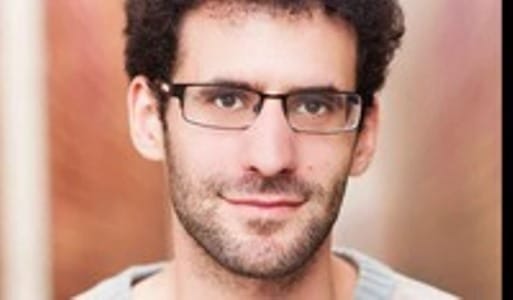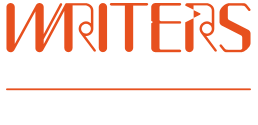
When writing a work of fiction, you can use the same plot point to produce many different forms of conflict.
In the lead-up to Eli Glassman’s Novel in a Year workshop, he shares this exercise on how to write conflict into your story.
The exercise
As a simple exercise to highlight this, write an interaction between two characters.
In this exchange, John admits to Jane that he has cheated on her. Document the emotions and thoughts of both characters. Then repeat this exercise by switching the roles of the characters. Jane has now cheated on John.
For the next two parts of the exercise have John attempt to admit the indiscretion and then decide not to. Again, note down each characters’ thoughts. See what potential for tension you can find, paying attention to the internal conflict of John. Does he feel guilty? Scared? Afraid of being caught? Perhaps wanting to be caught? Explore the way John’s secret affects the manner in which he and Jane interact with each other. Is John now distant and this makes Jane feel insecure about something she may have done? Does what she feel bad about become a plot point in itself? And what conflicts arise between the characters when John does not say anything?
Do this again with switching the roles. This can be written in any way, be it simple prose, an exchange of dialogue or even a list. What we are trying to discover is the different potentials for conflict the same plot point (ie. John/Jane cheating on the other) can produce – whether it be a straight out fight, or something more subtle, like emotional alienation.
Play around with the plot point, working with different ideas of how one person can betray the trust of another. Practices such as these will likely prove useful. Even if what you write doesn’t end up in a story, the skills you acquire while writing them will help you in later stories.
About Eli Glasman
Eli Glasman is a Melbourne based author. His debut novel is ‘The Boy’s Own Manual to Being a Proper Jew’, about a homosexual boy in the Melbourne orthodox Jewish community. His short fiction has appeared in literary magazines across Australia and in 2013 he placed second in the Josephine Ulrick short story competition.
